Philae, which completed an incredible landing on the frozen Comet67P/Churyumov-Gerasimenko’a surface in 2014, was thought to be lost forever. But this cute little robot came back from the cosmic dead this Sunday, as the news was revealed by the European Space Agency.
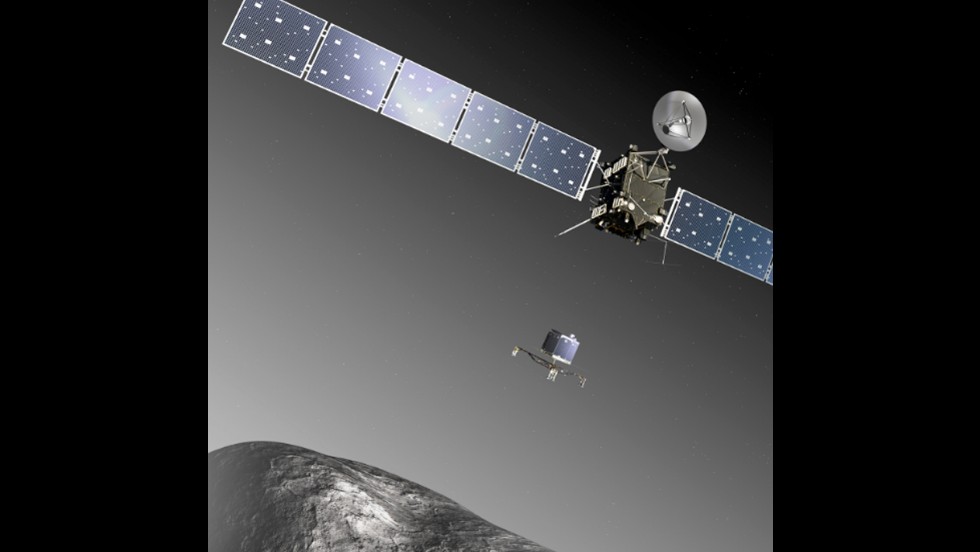
Comet 67P/Churyumov-Gerasimenko is a Jupiter-family comet which takes about 6.5-year journey around the Sun. It orbits just beyond the orbit of Jupiter at its most distant, and between the orbits of Earth and Mars at its closest. The comet is originally from the Kuiper Belt, but gravitational perturbations pushed it towards the Sun where interactions with Jupiter’s gravity set it on its present-day orbit.
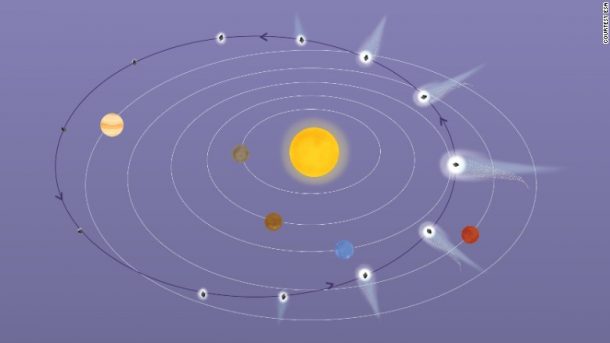
A probe named Rosetta had also been sent on the comet, and in its last month of mission it found the long-lost Philae wedged in a crack between some rocks.
v class=”zn-body__paragraph”>This is another twist in this fairy tale of Philae’s space odyssey. The robot has been an apple of the eyes of the scientific world since its revelation, and it’s landing on the comet after the 10-year space journey also made headlines as it achieved it despite a non-functioning harpoon system.
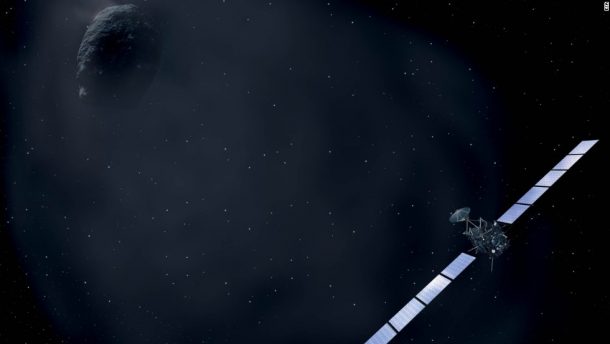
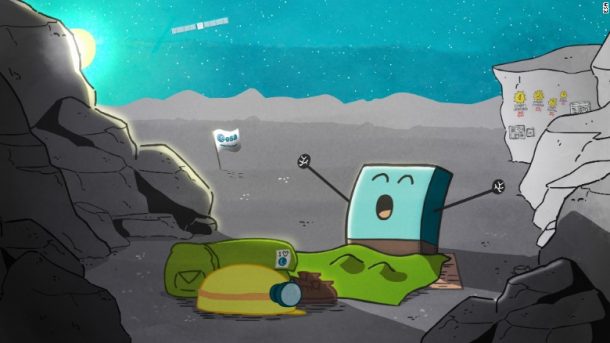
It’s time for me to say goodbye. Tomorrow, the unit on @ESA_Rosetta for communication with me will be switched off forever…
— Philae Lander (@Philae2014) July 26, 2016
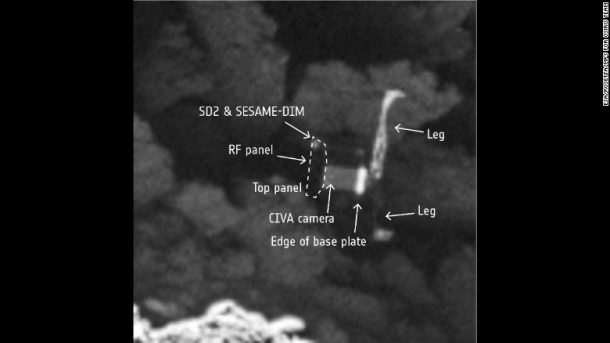
Patrick Martin, ESA’s Rosetta Mission Manager, said: “This remarkable discovery comes at the end of a long, painstaking search. We were beginning to think that Philae would remain lost forever. It is incredible we have captured this at the final hour.”
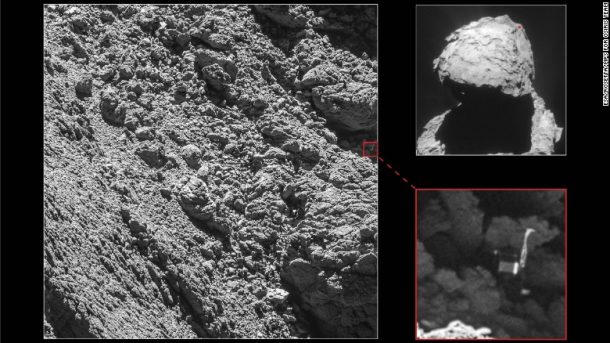
PHILAE! THEY FOUND PHILAE!!! ? #PhilaeFound #OMG https://t.co/keavzCY9l2
— Katie Mack (@AstroKatie) September 5, 2016


